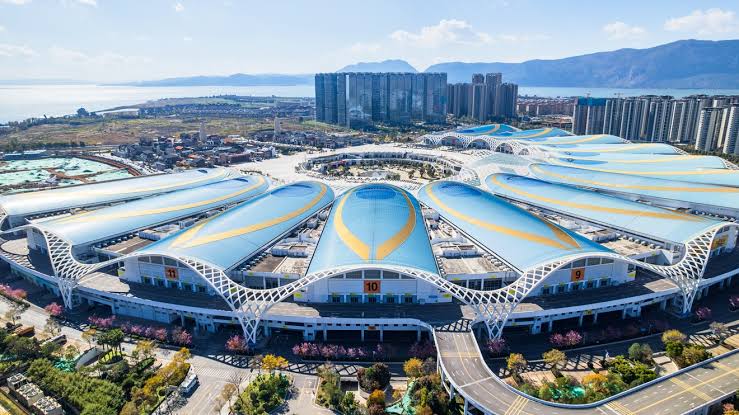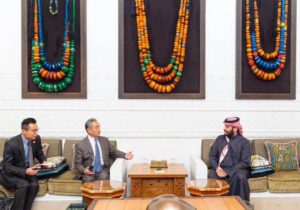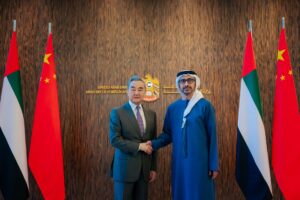8th China-South Asia Expo Opens in Kunming

Kunming, The Gulf Observer: The 8th China-South Asia Expo opened on Tuesday in Kunming, the capital of southwest China’s Yunnan Province, drawing over 2,000 exhibitors. Nearly half of the exhibitors are companies from South and Southeast Asia, reflecting the expo’s international significance.
The six-day event, spanning 15 exhibition halls, features themes including architecture technology, manufacturing, green energy, and modern agriculture. Notably, a pavilion dedicated to the coffee industry has been established for the first time, highlighting Yunnan’s status as China’s premier coffee producer. Over 160 companies are showcasing their products in this pavilion.
Since its inception in 2013, the same year China introduced the Belt and Road Initiative, the expo has served over 18,000 domestic and foreign companies, promoted trade exceeding 100 billion U.S. dollars, and facilitated the signing of more than 3,000 projects.
Jointly organized by the Ministry of Commerce and the Yunnan provincial government, the expo is one of the year’s most significant events for economic and trade exchanges between China and South Asian countries. Bimala Ghimire, Vice Chairperson of the National Assembly of Nepal, emphasized the expo’s role in reducing trade barriers and promoting balanced trade. “China’s trade policies have greatly benefited Nepal, and we look forward to further cooperation,” she said.
Industry insiders and officials believe that China and South Asian countries possess strong economic complementarities, offering broad prospects for business cooperation in various sectors. Chinese companies are actively involved in developing digital infrastructure in South Asia, such as Bangladesh’s national data center and the China-Nepal cross-border terrestrial optical cable. These efforts focus on cultivating local digital talent and bridging the digital gap, said Wang Liping, an official with the Ministry of Commerce.
Lin Minwang, Deputy Director of the Center for South Asian Studies at Fudan University, noted that products such as Pakistani rice, Sri Lankan tea, Maldivian seafood, and Afghan pine nuts are well received by Chinese consumers. “Many South Asian products meet the needs of the Chinese market,” he said during a side event at the expo.
Official data indicates that trade volume between China and South Asian countries reached nearly 200 billion U.S. dollars in 2023, double the amount recorded in 2013. However, Lin pointed out that despite the rapid development of economic and trade cooperation, the trade volume still lags behind that between China and ASEAN, which reached 911.7 billion U.S. dollars in 2023.
“With a market of over 2 billion people, China and South Asia have untapped cooperation potential,” Lin stated.


